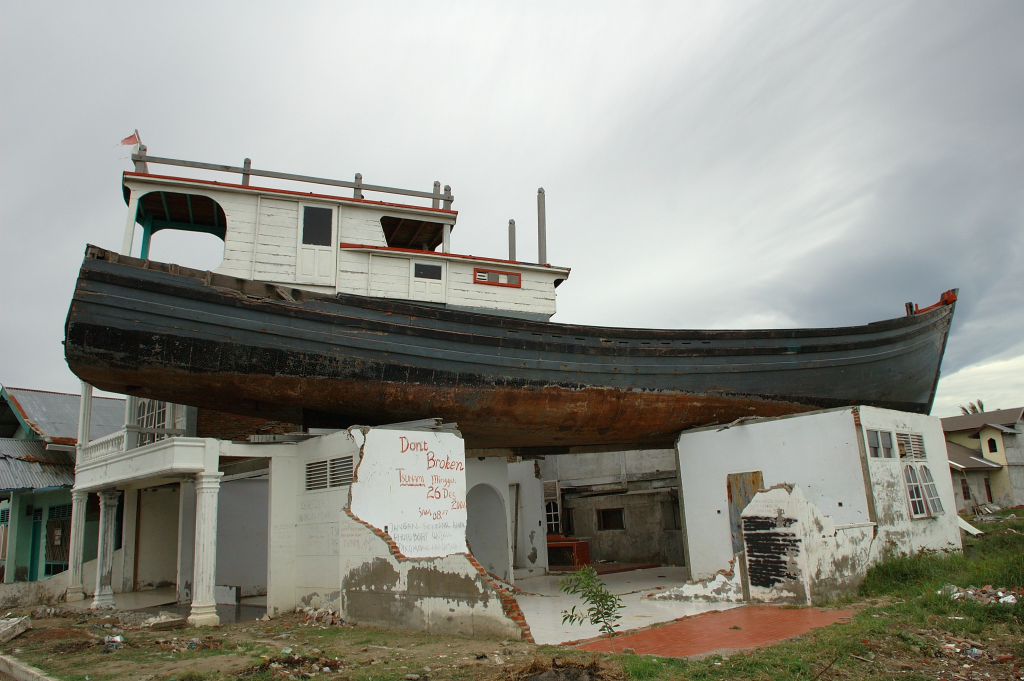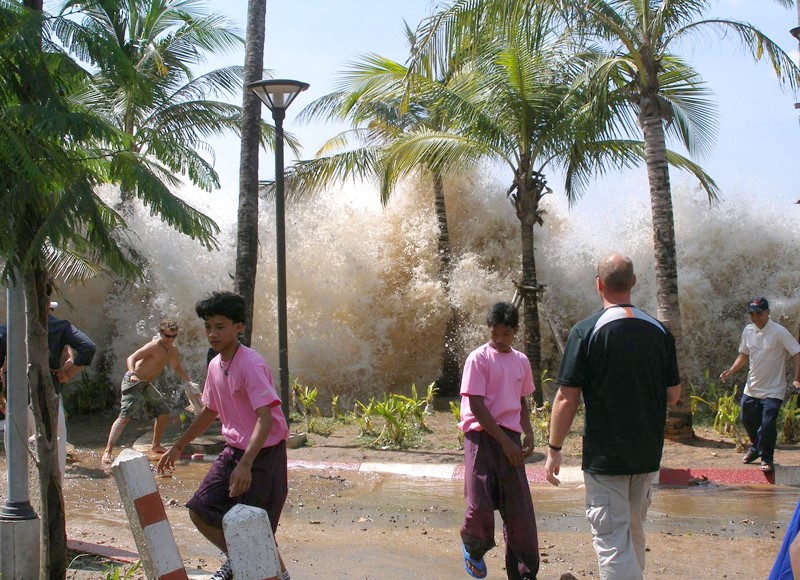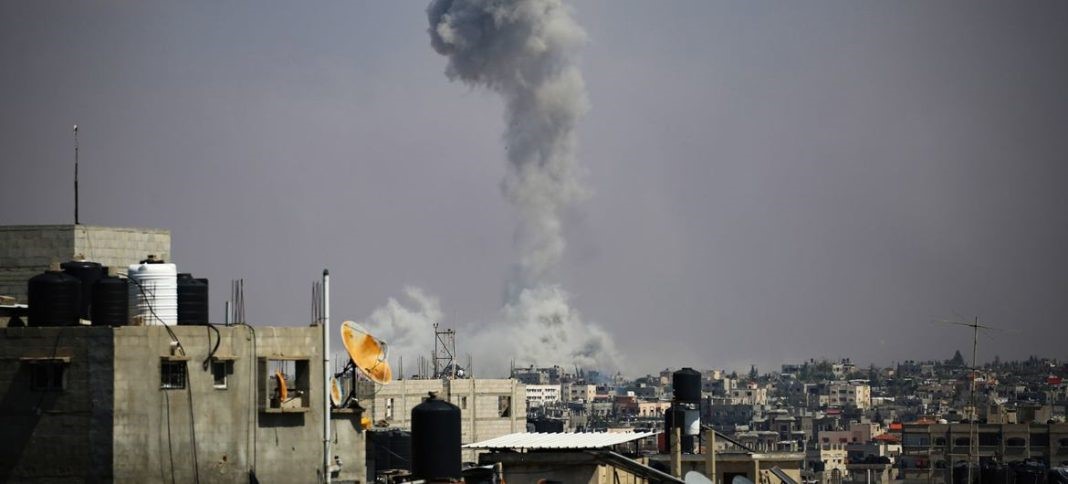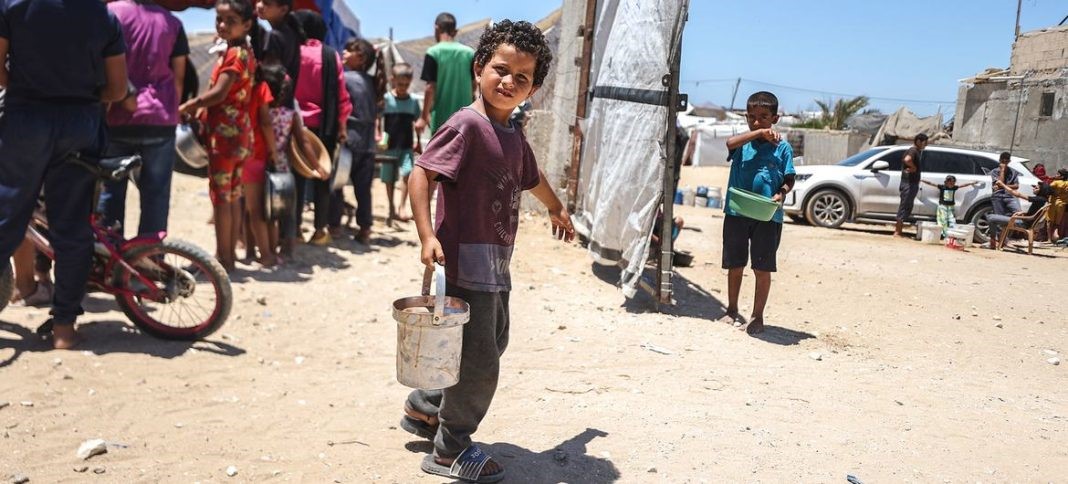Photo: A village near the coast of Sumatra lies in ruins after the Tsunami that struck South East Asia. Helicopters assigned to Carrier Air Wing Two and Sailors from USS Abraham Lincoln are conducting humanitarian operations in the wake of the Tsunami that struck South East Asia. By U.S. Navy photo by Photographer’s Mate 2nd Class Philip A. McDaniel – This image was released by the United States Navy.

The Indian Ocean Tsunami of 2004
New York, N.Y. On December 26, 2004, a massive earthquake with a magnitude of 9.1 struck off the coast of Sumatra, Indonesia, triggering a devastating tsunami that swept across the Indian Ocean, causing widespread destruction and loss of life in Indonesia, Sri Lanka, India, and other countries.
Casualties:

The tsunami caused an estimated 230,000 to 280,000 deaths, making it one of the deadliest natural disasters in recorded history. Indonesia was the hardest-hit country, with over 170,000 fatalities; this number was probably far higher as Aceh was a breakaway province at that time and public records were not known for their accuracy. Sri Lanka and India also suffered significant losses, with over 35,000 and 10,000 deaths respectively.
Psychosocial Impact:
In addition to the physical devastation, the tsunami had a profound psychosocial impact on the affected communities. Survivors experienced trauma, grief, and loss. Many people lost their homes, livelihoods, and loved ones. The psychological scars of the disaster continue to affect survivors to this day.
Recovery:
The recovery effort following the tsunami was massive and complex. International aid agencies, governments, and local communities worked together to provide assistance to the affected areas. The focus was on providing immediate relief, such as food, water, shelter, and medical care, as well as long-term recovery efforts, such as rebuilding infrastructure, restoring livelihoods, and providing psychosocial support. Orphans International Worldwide played it’s part, building a village for children left without families.
Twenty Years Later:
Twenty years after the tsunami, the affected areas have made significant progress in their recovery. Infrastructure has been rebuilt, economies have been revived, and communities have been strengthened. However, the legacy of the disaster continues to shape the lives of survivors and their descendants.
The Indian Ocean Tsunami of 2004 remains a stark reminder of the devastating power of natural disasters and the importance of preparedness, response, and recovery efforts.
#IndianOceanTsunami #Tsunami2004 #Indonesia #SriLanka #India #NaturalDisaster #DisasterRecovery
TAGS: Tsunami, Indian Ocean, Indonesia, Sri Lanka, India, Natural Disaster, Disaster Recovery, Casualties, Psychosocial Impact, Recovery




